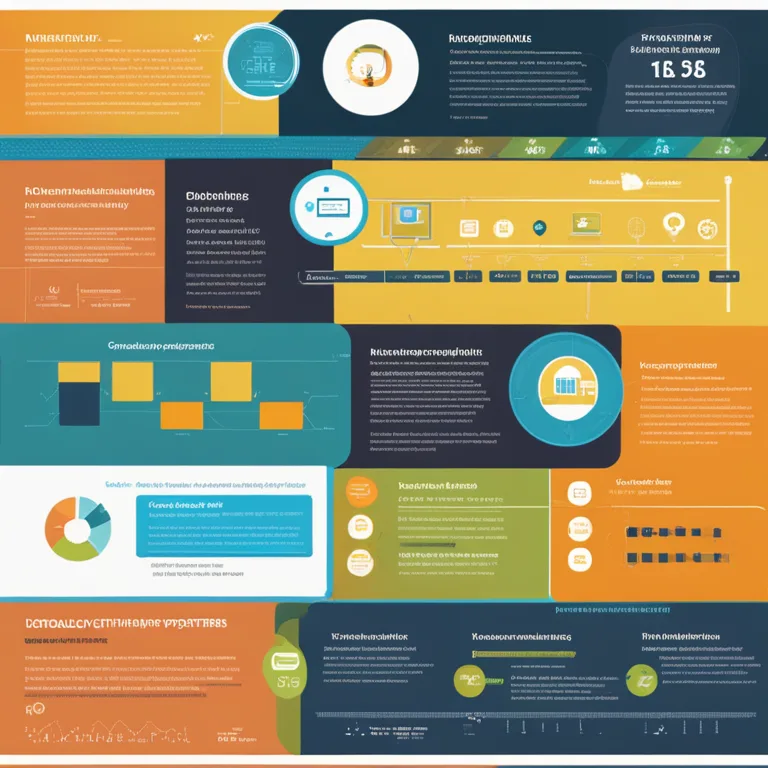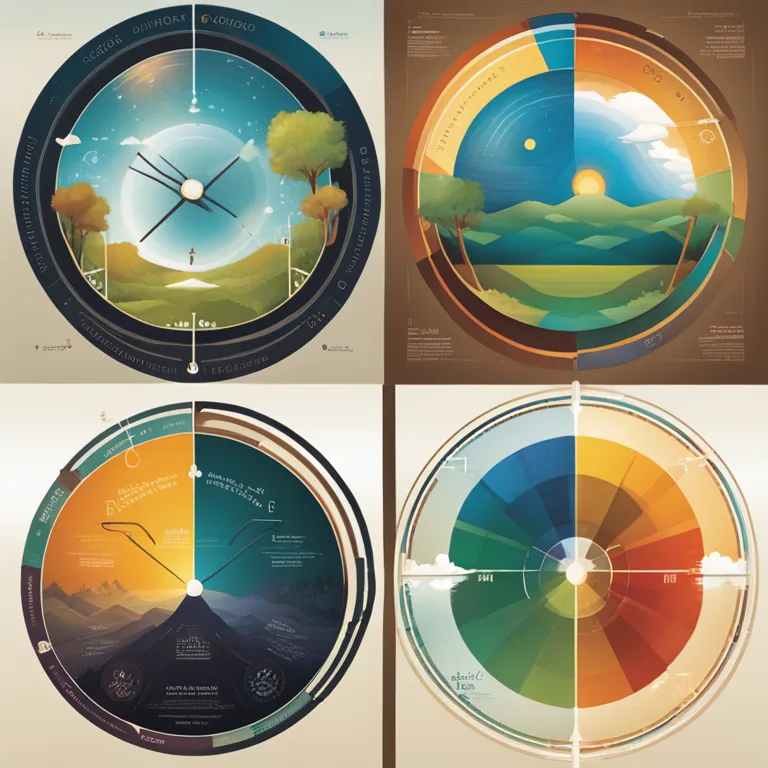
The Basis of Biorhythms: An Insight into Biological Cycles
Delve into the concept of biorhythms, the belief in rhythmic biological processes that purportedly influence human physiology and behavior.
article by Adrian Wallace
Introduction to Biorhythms
Biorhythms, a concept that has intrigued scientists and laypeople alike, refers to the hypothesized cycles that are believed to regulate various physical, emotional, and intellectual faculties. The idea posits that from the moment of birth, individuals are influenced by natural rhythmic cycles that affect their daily lives. Though the scientific community remains skeptical, the notion of biorhythms has gained popularity, particularly in the realms of alternative and holistic wellness practices where reaching optimal balance and well-being is a core pursuit.

The Origin of Biorhythm Theory
The concept of biorhythms can be traced back to the late 19th and early 20th centuries, with the initial ideas set forth by Dr. Wilhelm Fliess, a friend of Sigmund Freud. Fliess believed in two fundamental cycles: a 23-day physical cycle and a 28-day emotional cycle. These were later expanded upon by Hermann Swoboda and Alfred Teltscher, who introduced the addition of a 33-day intellectual cycle. Despite criticism from the scientific community for a lack of empirical evidence, the idea of biorhythms has persisted and evolved with emerging wellness trends.

Three Primary Biorhythmic Cycles
Adherents of biorhythm theory typically refer to three primary cycles: the physical, emotional, and intellectual cycles, each with specific durations. The physical cycle, lasting 23 days, allegedly influences strength, coordination, and overall vitality. The emotional cycle spans 28 days and is said to affect mood, creativity, and perceptions. The intellectual cycle, at 33 days, reportedly governs analytical thinking, learning, and problem-solving abilities. Proponents argue that by tracking these cycles, individuals can anticipate and potentially harness their peak days for success in various endeavors.

Tracking Biorhythmic Patterns
Today, technology plays a pivotal role in tracking these theoretical biorhythmic patterns. A host of applications and software programs claim to offer personalized biorhythm charts based on users' birth dates. Enthusiasts use these charts to predict their best and worst days for physical activities, emotional stability, and intellectual pursuits. Though the effectiveness of such predictions is debated, the pursuit of personal awareness and self-improvement continues to fuel the biorhythm movement within the self-help and wellness communities.

Scientific Scrutiny and Perspectives
While biorhythms have their share of followers, scientists and skeptics often point out the lack of concrete evidence supporting the theory. Several studies attempted to validate the existence of biorhythmic cycles have concluded with inconclusive or negative results. However, the conversation about biological rhythms is not entirely dismissed. Circadian rhythms, for example, are well-documented cycles affecting physiological processes within a 24-hour period and have been widely accepted in the scientific field, unlike the broader, more esoteric concept of biorhythms.
Fusing with Modern Lifestyle
As we advance into 2024 and beyond, the lines between ancestral wisdom and modern living are increasingly blurred. Amidst this synthesis, biorhythm theory has found a niche among those seeking to harmonize with nature's cycles. With society growing more conscious about mental health and holistic well-being, exploring personal biological rhythms—whether scientifically validated or not—presents a compelling avenue for self-exploration and possibly, improved lifestyle choices.
Published: 1/4/2024
Modified: 1/4/2024
More predictions
Come back here soon to learn more about yourself and your future


The Practical Uses of Biorhythms In Today's Life
Discover the significant applications of biorhythm theory in everyday living, from health optimization to decision-making.


The Practical Applications of Biorhythms
Delve into the practical applications of biorhythms and discover how they can influence your daily life and personal wellbeing.


Biorhythms: How They Shape Your Life
Explore the practical applications of biorhythms in daily life, from personal wellness to performance optimization.